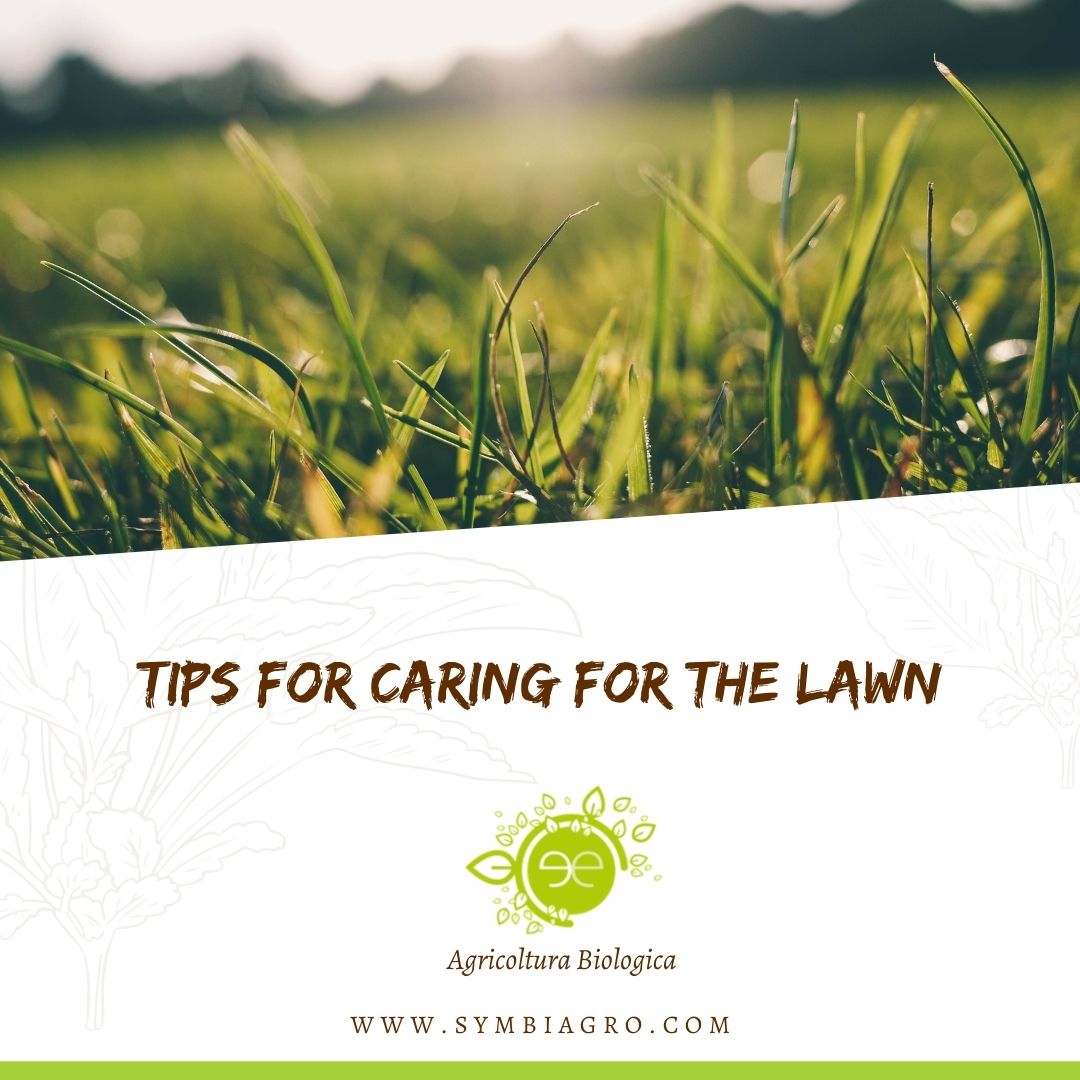
24 Jun USEFUL TIPS FOR CARING FOR THE LAWN
The choice of the lawn in the home garden must take into account 3 factors: the CLIMATE, if you are in a cold area it is better to choose a rustic turf and resistances, on the contrary in warm areas you could opt for more types of grass. rooted and able to withstand drought; SUN EXPOSURE, if the lawn is placed in shady areas it is advisable to use seeds (Festuche rubra, Longifolia and Festuca arundinacea) able to form a good green cover, since not all lawns respond well in the absence of all sun the day; the TYPE OF USE to which we want to use the lawn.
In this regard, there are numerous types of lawn that we can create in our gardens, ranging from the ornamental or decorative one, which requires a certain amount of maintenance, to the walkable and rustic lawn that does not need special care, but which adapt well. also to various climatic stresses. Below we will analyze the peculiarities of each of them. The main purpose of the ornamental or decorative lawn is the aesthetic aspect, it must therefore appear soft and tidy, with a beautiful intense green. This type includes the famous LAWN with a bright green mantle, obtained from plants of Festuca arundinacea and Poa pratensis. Another decorative lawn is that obtained from the seeds of weed, which is quite resistant to heat. The walkable lawn is a less delicate type of lawn that lends itself to trampling but also to sudden changes in temperature. It can be made with a mix of Lolium perenne and Poa pratensis with small percentages of Festuca rubra. The rustic meadow, achievable with Lolium perennial, Festuca rubra, Poa pratensis, is decidedly resistant and is excellent for those who do not have time to dedicate to it, as well as the flowery meadow that provides plants useful for biodiversity. To obtain it, it is advisable to use a mix of seeds of annual and perennial plants, in order to obtain a rich and varied turf, for example the English ryegrass and Poa pratensis.
HOW TO TAKE CARE OF THE LAWN
To obtain a strong, flourishing and green turf, it is not enough to cut it regularly, but you also need to think about other aspects such as thickening, weeding, irrigation, fertilization and aeration. The latter activity is very often neglected, but it is of vital importance to obtain a beautiful and healthy turf. Aeration consists in the removal of the felt (deposit of debris and organic residues that form an insulating layer) and in the scarification of the soil (slight superficial incision of the soil). The first operation is to cut the lawn as much as possible (about 3 cm in height), after which holes are made in the lawn (length 5-10 cm and about a finger wide) in order to break the compactness of the lawn and generate aeration that favors the development of aerobic bacteria in the soil. The uncultivated lawn in nature grows and maintains itself without the need for fertilizers, but if we want to have a well-kept garden and a beautiful green turf it is good to plan periodic fertilization of the lawn, which must be done gradually throughout the year. The use of chemical fertilizers is not recommended because they can pollute the aquifer over time and endanger the health of those who live in the garden. In order to obtain stronger and healthier plants, we can fertilize our lawn with the biological biostimulant Salvaprato UNIVERSALE-TE which is well suited to rebalancing the mantle, making it greener, healthier and stronger, while protecting the surrounding environment. Thanks to the convenient spray nozzle that connects directly to the water hose, it becomes easy to take care of your lawn, which, especially in times of climatic stress, needs more attention. Salvaprato UNIVERSALE-TE, formulated with yeast extract and algae associated with readily available microelements, is designed in such a way that it can be used all year round (once a month in winter and twice a month in summer), fighting the problems that arise in the different seasons, such as frost and drought.

